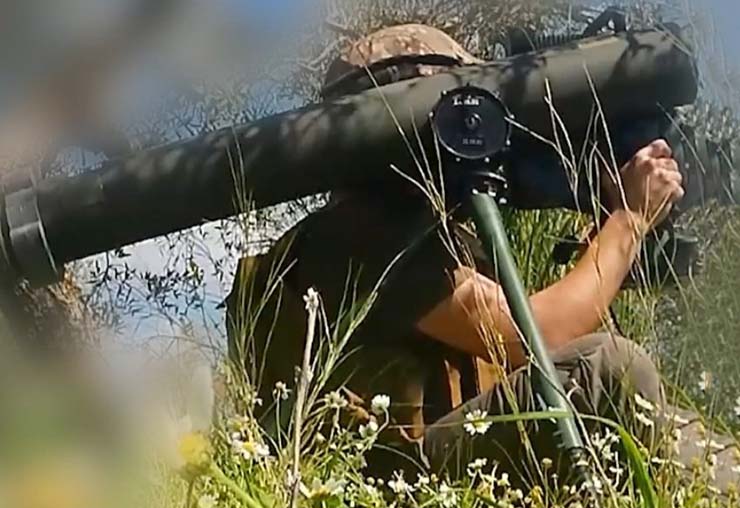
Tel Aviv: Iran has used reverse engineering to make different types of weapon systems. Israeli analysts Yair Ramati and Yaakove Lappin write in the website of the Israel Alma Centre that the Almas missile family is a product of reverse engineering, based on the Israeli Spike missile family, which was designed and manufactured by Rafael.
The analysts say that this represents a significant technological and engineering achievement by the Iranian defence industry, based on a strong and advanced Iranian missile technology infrastructure. “The missile is another flagship product of the Iranian defence industry.”
The new generation of anti-tank guided missiles (ATGMs) with various warheads reflects advanced operational capabilities beyond previous variants.
According to international media reports, Israeli Spike missiles reached Iran through Hezbollah captures of it during the Second Lebanon War in 2006, which were transferred to Iran.
The Iranian industry’s reverse engineering process is not unique to this missile. As per Western media reports, the same has occurred in areas such as UAVs, radar systems, air defence missiles, rocket launchers, and more. These capabilities reflect the relatively high technical level the Iranians have achieved over the past two decades. It relies on an infrastructure of local technological subsystem suppliers that reach the large system manufacturers assembling the current generation of Iranian missiles and UAVs industries.
According to several sources, so far, at least three launches of the Almas missile family have been carried out by Hezbollah, as part of the current escalation in the north. One launch was toward an Israeli military site in the border area, and the others were toward IDF armoured vehicles in the north.
The missile has three versions: Almas 1, Almas 2, and Almas 3. Each version presents an upgrade in the missile’s range, warhead, performance, and guidance systems. The different versions are equipped with an advanced tandem anti-tank warhead, allowing for deep armour penetration.
These are the known missile ranges: • Almas 1: Up to 4 km • Almas 2: Up to 8 km • Almas 3: Up to 16 km
While addressing the big question whether the Iranians have succeeded in endowing these missiles with future capabilities for autonomous target acquisition (ATR – Automatic Target Recognition)? – the analysts clarified: “In our assessment, this issue is still in doubt, however, we clarify that this is the general direction in which the UAVs, drones, and missile industries in the world are heading. Sooner or later, the Iranian defence industry will know how to close this gap.”















